Google's Jamboard is a dynamic whiteboard tool that offers a versatile space for users to brainstorm and collaborate. Originally available only as hardware, it is now accessible as a web app to anyone with a Google account. Integrating Jamboard with Google Meet enhances your virtual meetings by allowing interactive participation and real-time collaboration.
Collaborating on Jamboard with Participants in Google Meet
Sharing a Jamboard during a Google Meet session enables all participants to contribute actively. Whether you're hosting a workshop, teaching a class, or conducting a team meeting, collaborative use of Jamboard makes the experience more engaging.
Step 1: Open jamboard.google.com in your browser and sign in to your Google account. Create a new Jamboard by clicking the '+' icon at the bottom-right corner or select an existing Jam from your files.
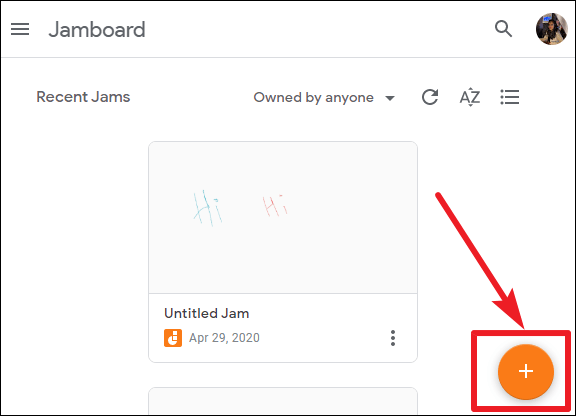
Step 2: After opening your Jamboard, click on the 'Share' button located at the top-right corner of the screen to open sharing settings.
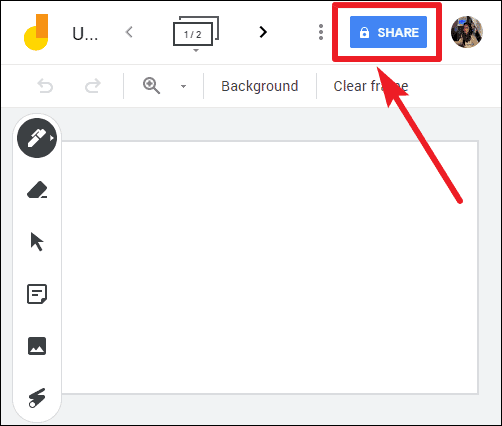
Step 3: In the sharing settings, you can invite specific participants by entering their email addresses in the 'Add people and groups' field. Make sure to set their permission to 'Editor' so they can collaborate on the Jamboard.
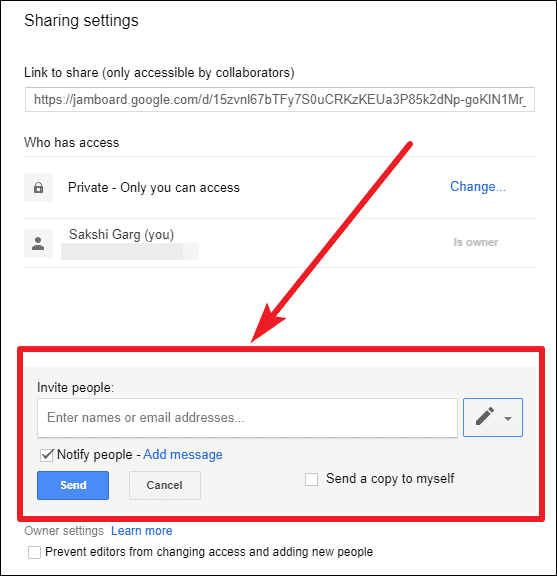
Step 4: To grant access to all meeting participants without adding them individually, click on 'Change' under the 'Get link' section in the sharing settings.

Step 5: Select 'Anyone with the link' from the options and set the permission to 'Editor'. This ensures that anyone with the link can edit the Jamboard. Click 'Done' to save the changes.
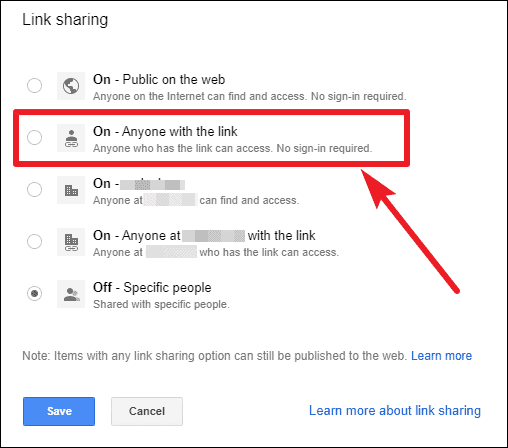
Step 6: Copy the link provided and share it with participants through the Google Meet chat. In your Google Meet session, click on the 'Chat' icon to open the chat window and paste the Jamboard link.
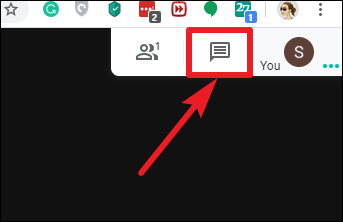
Participants can now access and collaborate on the Jamboard in real-time. All modifications are instantly visible to everyone, fostering a truly interactive session.
Sharing Jamboard in Google Meet
If you prefer participants to view your Jamboard without the ability to edit, you can present it during your Google Meet session. This method is ideal for lectures or presentations where you want to maintain control over the content.
Step 1: In your Google Meet session, click on the 'Present now' button located at the bottom of the screen.

Step 2: Choose 'A Chrome tab' from the available options to share a specific browser tab.

Step 3: A window will pop up displaying all your open Chrome tabs. Select the tab where your Jamboard is open and click on 'Share'.
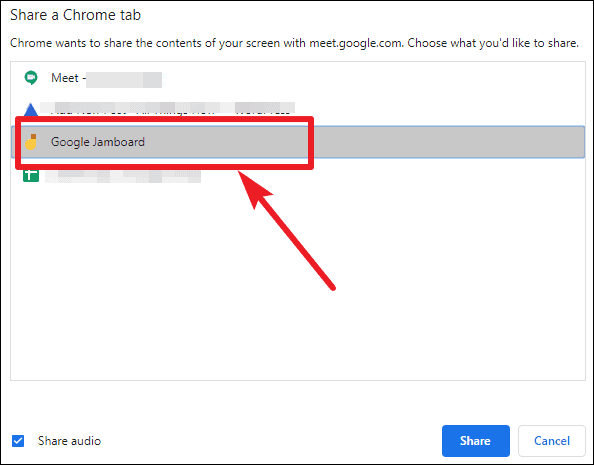
Your Jamboard is now visible to all participants in the meeting. As you navigate and make annotations, everyone can follow along in real-time, enhancing your presentation or lecture.
By integrating Jamboard with Google Meet, you create a more dynamic and engaging virtual meeting environment. Whether you're collaborating or presenting, Jamboard's interactive features enrich the experience for all participants.

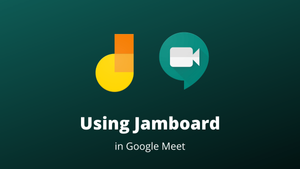



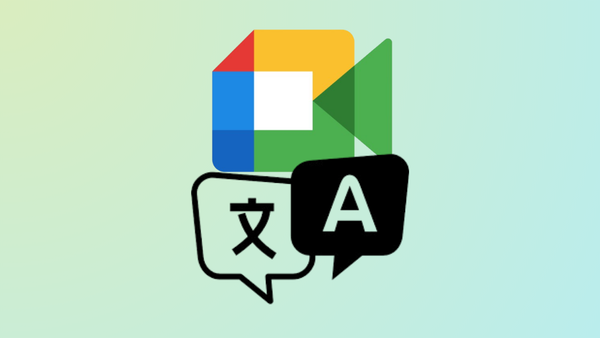



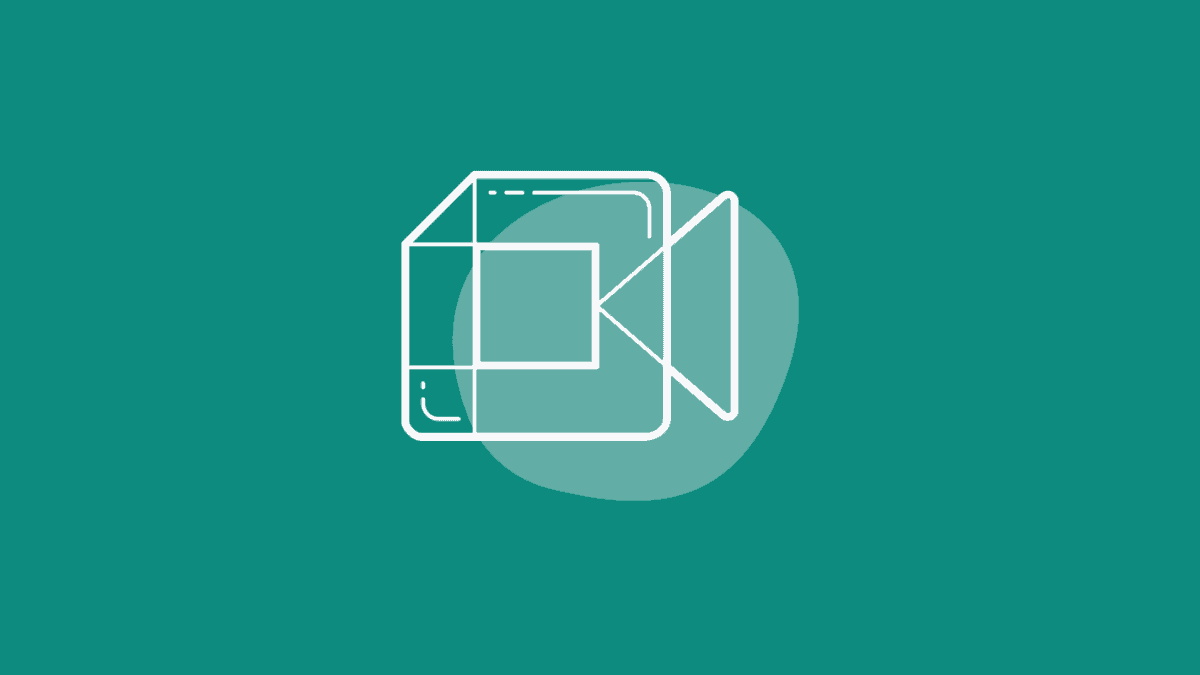
Member discussion